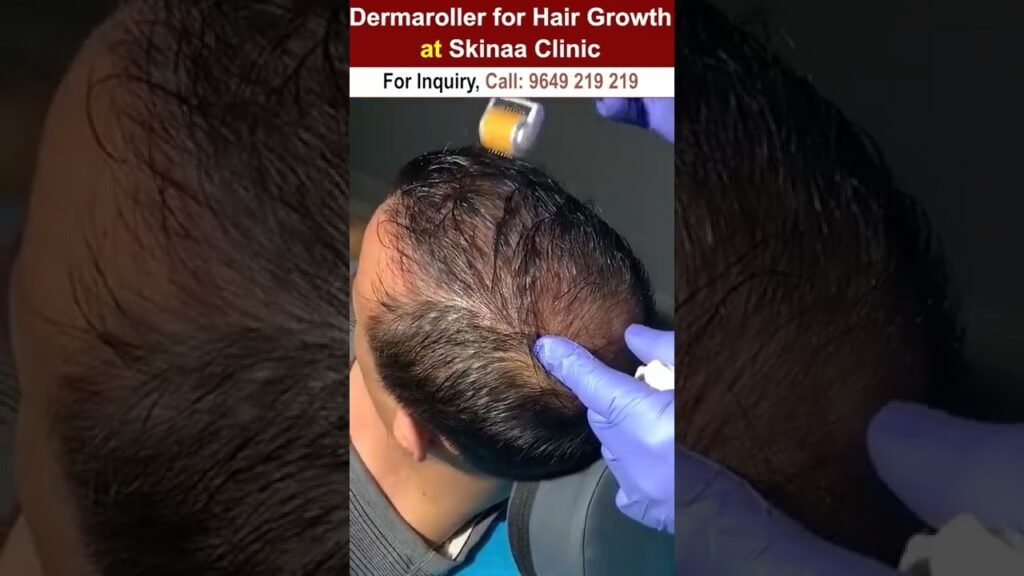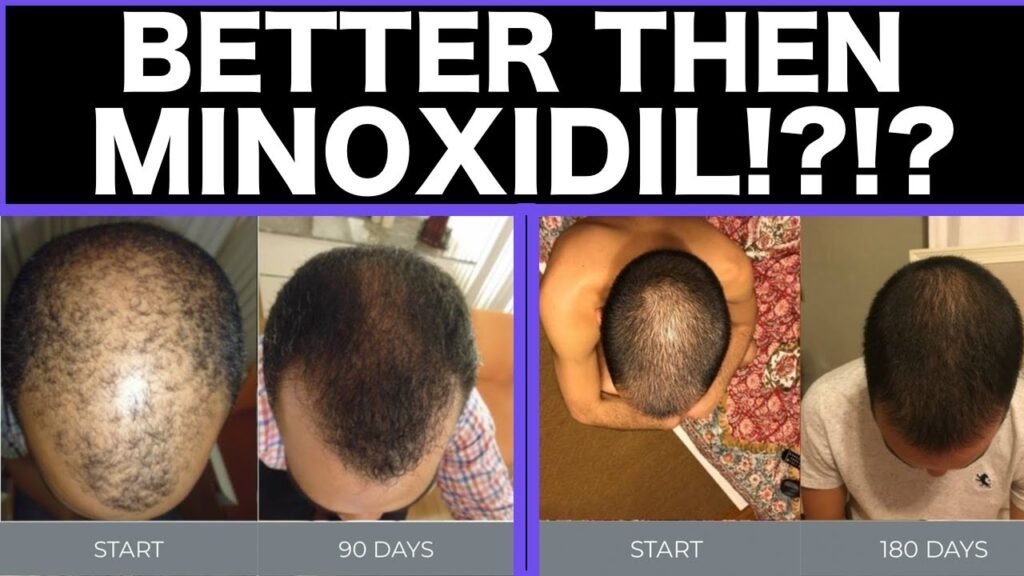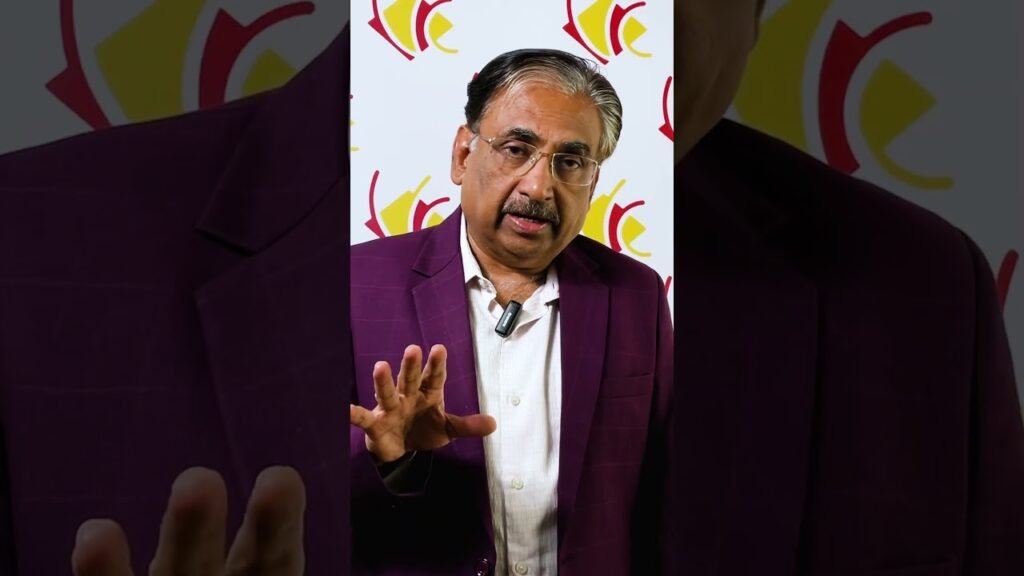What works best: Minoxidil vs derma roller
When it comes to hair regrowth treatments, Minoxidil and derma rollers are two popular options that individuals often consider. Both have shown promise in promoting hair growth, but they work through different mechanisms and may yield varying results depending on the users specific needs and conditions. Understanding the differences and potential benefits of each can help determine which might be more effective for you.
Minoxidil: A Proven Topical Solution
Minoxidil is a well-known topical treatment that has been approved by the FDA for hair loss. It works by improving blood flow to the hair follicles, thereby stimulating hair growth and slowing down hair loss. Available in various concentrations, Minoxidil is applied directly to the scalp, making it a convenient option for many. Users often report noticeable improvements in hair density and thickness over several months of consistent use. However, its important to note that Minoxidil may cause side effects such as scalp irritation or unwanted facial hair growth in some individuals.
Derma Roller: A Microneedling Device
The derma roller is a handheld device equipped with tiny needles that create micro-injuries on the scalp. This process, known as microneedling, is believed to enhance the absorption of topical treatments like Minoxidil and promote collagen production, which can support healthier hair growth. While derma rolling itself doesnt deliver hair growth solutions directly, it can potentially improve the efficacy of topical treatments when used in conjunction. Users often appreciate the non-invasive nature of derma rolling, though it requires careful handling to avoid skin damage.
In choosing between Minoxidil and a derma roller, consider your hair loss stage, sensitivity to topical treatments, and willingness to commit to a routine. Each method has its own merits and may work better when used together, but individual results can vary.


